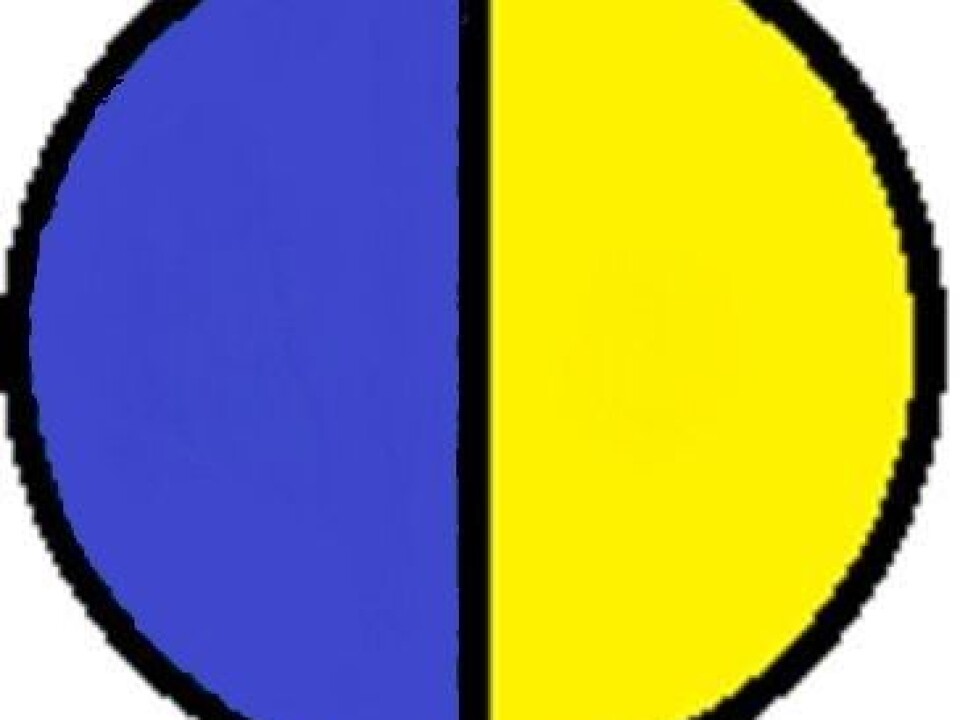An article from Norwegian SciTech News at NTNU

Small capsules – big potential
A conversation between two physicists in a Paris café led to the invention of a novel form of capsules that could be used in medicine, food, household products, cosmetics and paints.
Denne artikkelen er over ti år gammel og kan inneholde utdatert informasjon.
It may not sound like much: Small hollow capsules that have different properties on selected areas of their surface.
But since these capsules could self-organize into specific shapes, they have the potential to be used to grow skin or other tissues, or to build all kinds of porous composites.
These seemingly magic capsules are called patchy colloidosomes, and were developed by a group led by Jon Otto Fossum from the Norwegian University of Science and Technology (NTNU) and his colleague Paul Dommersnes, from the University of Paris Diderot.
Capsules and particles
Colloidosomes are capsules made of colloidal particles, and were invented a decade ago. A colloidosome can be made so that its exterior dissolves when it arrives at a specific location in the body, which allows medicine inside the capsule to be released.

Other researchers have made what are called patchy particles, which have different properties on different parts of their exterior, but these particles are not hollow.
Fossum and Dommersnes have found a new and simple method for combining the properties from these two materials to create what are called patchy colloidosomes.
Figure 1 shows one of the simplest kinds of patchy colloidosomes, where half has one kind of substance on its surface, while the other half has another. This kind of capsule is called a Janus capsule (named after the Roman god Janus, who has two faces), and is a patchy capsule with only two patches, that is, two different substances on its exterior.
Organize themselves
If these substances are attractive to each other, they can organize themselves in different structures as shown in figure 2.

This ability to self-organize means that you can create capsules that “grow” different kinds of light, soft materials.
The NTNU research team has not been satisfied with making capsules with just two different halves, however. Using the same method, they have created several different types of capsules with stripes and spots.
While colloidosomes are generally thought of as round, the team led by Dommersnes and Fossum can quickly and easily make them in different shapes and sizes, which makes them even more useful.
How it's done
As shown in figure 3, the scientists start with two different droplets partially covered by different colloids on each surface. The droplets with colloids are also in a fluid.

If an electric field is passed into the fluid, the fluid inside and outside of the drops begins to move. These movements cause the colloids to move toward the centre of the droplet, creating a belt.
The movement in the fluid and opposite electric charges in the droplets mean that the drops are attracted to each other and then coalesce. That leaves you with a single capsule with two different colloids on the shell.
Mathematical principles at work
Let’s say you have two drops that are partially covered by colloids with two desired properties. When the two coalesce, the entire surface may be covered by the colloid, even if the separate drops were not completely covered to begin with.
The reason this works is because of the mathematical principle that the surface area of a sphere decreases in relation to the volume as the volume increases. The area increases with the radius squared, while the volume increases by the radius cubed.
































